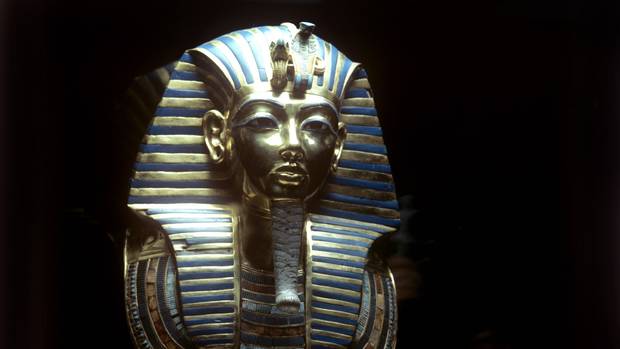-
Tips for becoming a good boxer - November 6, 2020
-
7 expert tips for making your hens night a memorable one - November 6, 2020
-
5 reasons to host your Christmas party on a cruise boat - November 6, 2020
-
What to do when you’re charged with a crime - November 6, 2020
-
Should you get one or multiple dogs? Here’s all you need to know - November 3, 2020
-
A Guide: How to Build Your Very Own Magic Mirror - February 14, 2019
-
Our Top Inspirational Baseball Stars - November 24, 2018
-
Five Tech Tools That Will Help You Turn Your Blog into a Business - November 24, 2018
-
How to Indulge on Vacation without Expanding Your Waist - November 9, 2018
-
5 Strategies for Businesses to Appeal to Today’s Increasingly Mobile-Crazed Customers - November 9, 2018
Queen Nefertiti: Has the tomb of Tutankhamun’s mother been found hiding in
While Queen Nefertiti’s tomb may have been found, it is unknown why her alleged burial was discovered behind that of King Tutankhamun, or King Tut as most of us know him.
Advertisement
The tomb of Tutankhamun has been a puzzle for archaeologists ever since archaeologist Howard Carter famously discovered it in 1922.
Experts have always wondered why Tut’s final resting chamber in the Valley of the Kings, of which huge areas remain unexplored, was so small.
Dr Reeves believes there are clues in the design of the tomb that indicate it was designed to store the remains of a queen, not a king.
Famed for her regal beauty, the grave of Nefertiti or the “Lady of the Two Lands” has been lost for centuries, since her sudden death in 1340 BC.
In fact, if Dr Reeves is right, these treasures could be far more magnificent even than those found in the tomb of Tutankhamun.
Under this scenario, Nefertiti served as regent between the death of Akhenaten in 1336BC and the assumption of the throne by her son Tutankhamun at the age of nine in 1333BC.
The dramatic theory, published in a paper by Nicholas Reeves of the University of Arizona, is based on an analysis of detailed scans of Tutankhamun’s tomb.
“I think there are certainly some signs that there might have been some activity around those doorways”, said Joyce Tyldesley, an Egyptologist with the University of Manchester.
“It would not be surprising if the tomb had been intended to have additional rooms, although how far the builders got with these rooms it is hard to say on current evidence”, she said. The objects found in it, while magnificent, seemed hurriedly placed and were found to be largely second-hand. That means the contents of her tomb, if it exists, would be just as fantastic as Tutankhamum’s – perhaps even more fantastic.
This undated photo shows a bust of ancient Egyptian Queen Nefertiti in the Neues Museum in Berlin.
“It is not by chance, therefore, that Nefertiti’s image may be discerned in this north wall’s decoration, which must have been erected as a blind following her internment here as pharaoh”. “Only one female royal of the late 18th Dynasty is known to have received such honours, and that is Nefertiti”, Dr Reeves writes. But he insists they are supported by several lines of evidence, among them comparison with the layout of other tombs and with similar “ghost” doorways elsewhere in the Valley of the Kings, which lies on the River Nile’s west bank.
He was arguably the wealthiest and most influential Pharaohs of ancient Egypt. Both Nefertiti and her husband caused a “religious revolution” in Egypt with the introduction of monotheism.
Advertisement
“If I’m wrong, I’m wrong; but if I’m right this is potentially the biggest archaeological discovery ever made”, Reeves said about his new theory to the Economist.





























